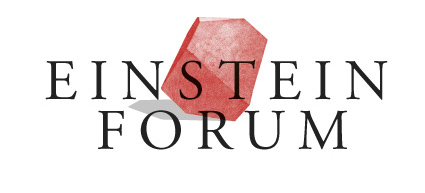Martin Hablesreiter
Erfolgreiche Nahrungsmittel erzählen eine Geschichte
Das Bedürfnis, Nahrung zu gestalten, ist so alt wie die Zivilisation. Seit Anbeginn der Menschheit setzen wir ein unglaubliches Maß an Phantasie, Kreativität und Erfindungsgeist ein, um natürliche Grundprodukte nach unseren Vorstellungen zu verändern. Denn, von der Fülle an Nahrungsmitteln, mit denen uns die Natur versorgt, gelangen nur die wenigsten direkt, also roh und im Ganzen, auf den Teller. Die allermeisten werden in irgendeiner Weise verändert, ehe wir sie in den Mund stecken. Wir gestalten Essen, um den Genuss zu steigern und praktische Anforderungen wie Lagerfähigkeit zu erfüllen, aber auch um Werte zu transportieren und Mythen zu erzählen. Das Design von Speisen verwandelt simple Zutaten in National- und Liebessymbole, sexuelle Anspielungen, Opfergaben und religiöse Gerichte. Die Vermittlung symbolischer Inhalte und übergeordneter, kultureller Werte bildet den dritten grundlegenden Bestandteil von Food Design. Wir essen nicht nur, was nahrhaft ist, was uns schmeckt, was verfügbar und einfach zu konsumieren ist. Wir essen, was für uns einen kulturellen Wert besitzt, was uns in unserer Identität und unserem Lebensgefühl bestärkt.
Martin Hablesreiter studierte bei Hans Hollein an der Universität für angewandte Kunst Wien, an der Bartlett School of Architecture in London. Nach einem einjährigen Arbeitsaufenthalt im Atelier von Arata Isozaki in Tokio gründete er in Wien mit Sonja Stummerer das interdisziplinäre Atelier honey & bunny, das an der Schnittstelle von Kunst, Wissenschaft und Wirtschaft operiert. So entstand das Buch Food Design. Von der Funktion zum Genuss (2005). Es ist das Ergebnis einer fünfjährigen Recherche und das weltweit erste Buch zum Thema überhaupt. 2010 erschien: Food Design XL. Darüber hinaus arbeiten Hablesreiter und Stummerer im Bereich des Interior Design, des Möbeldesign und der Fotografie. 2013 erschien: eat design.
